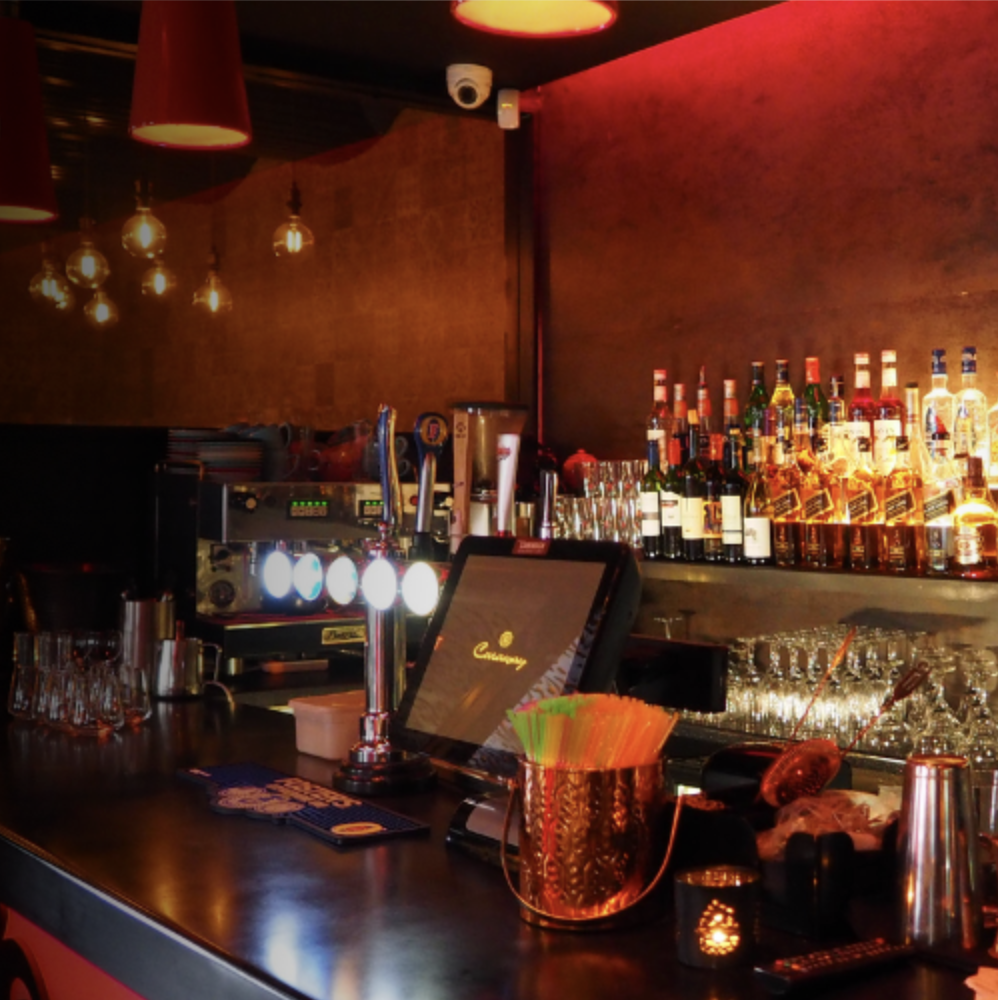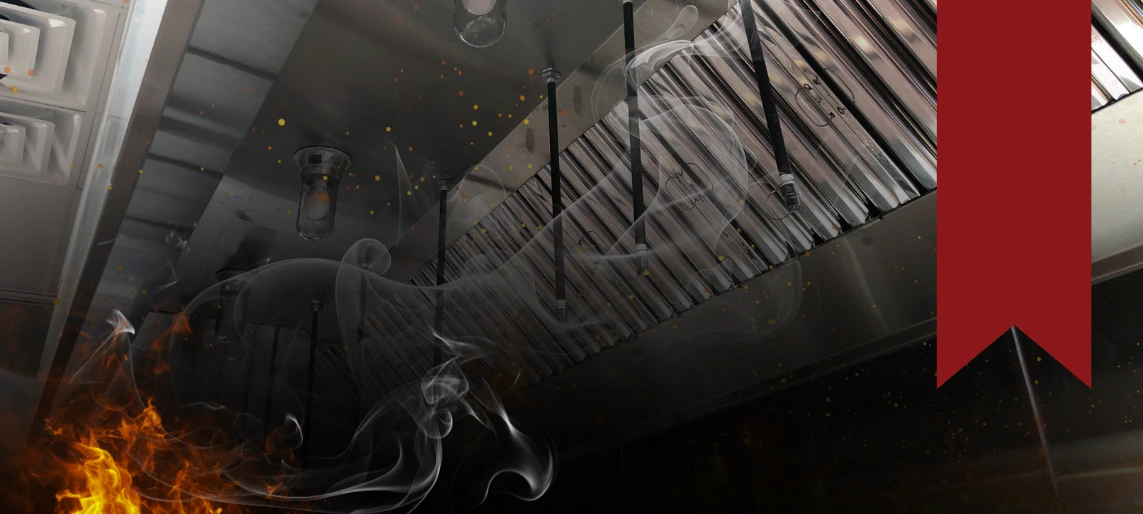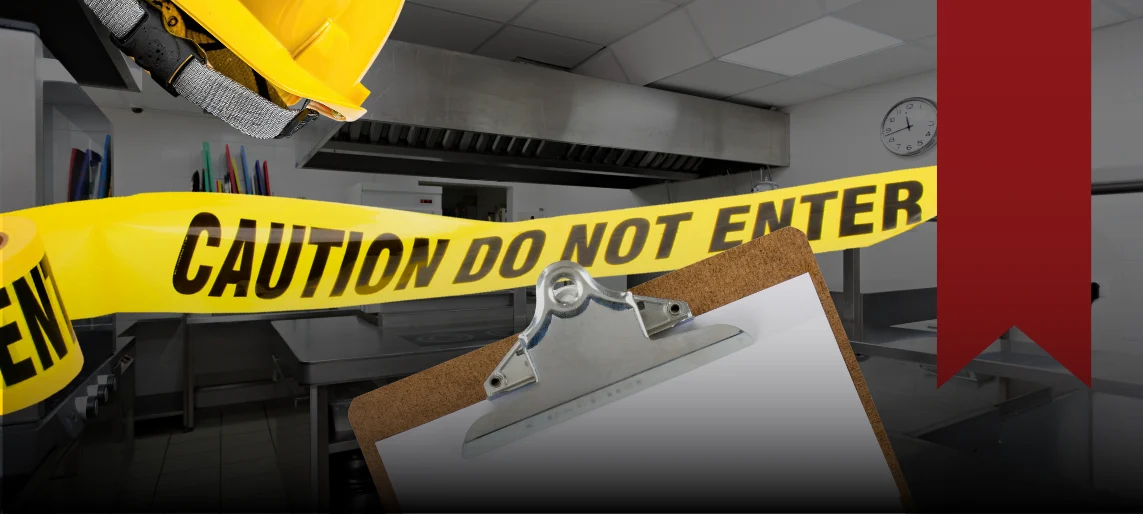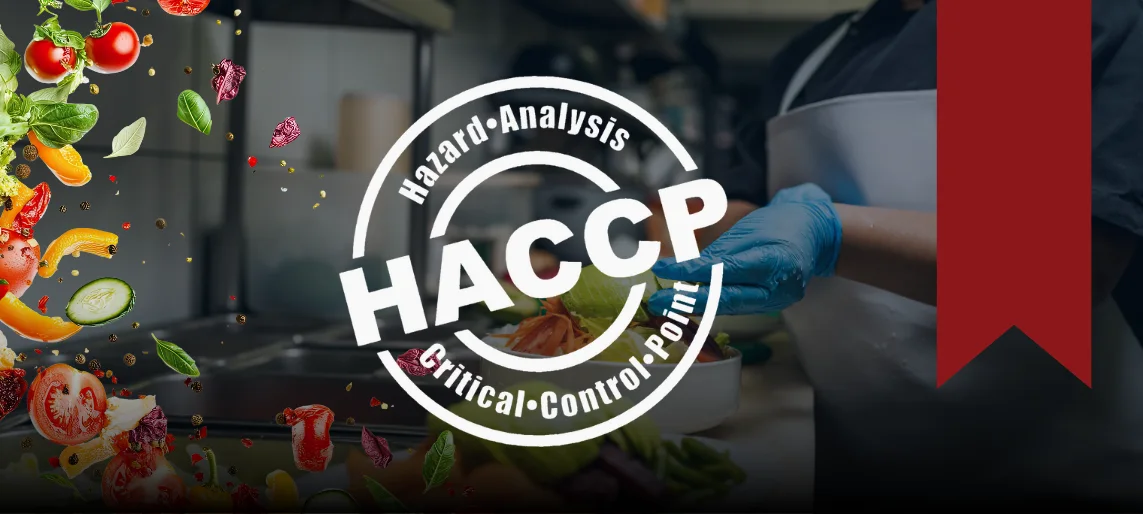
Summary
In today’s world, restaurant and dining hall owners must think beyond food safety and cleanliness—they must also consider how to protect customers and staff from active threats, including shootings or knife attacks. While these incidents are rare, they are devastating when they happen, and proactive planning can save lives.
Here’s how to build a safer, more prepared foodservice environment open to the public.
🚨 1. Develop and Train on an Emergency Action Plan (EAP)
• Create a customized plan for what to do in case of an armed intruder or violent person. Include evacuation procedures, lockdown protocols, and communication strategies.
• Conduct active threat drills with your staff. Just like fire drills, practice helps people react under stress.
• Train employees to recognize early warning signs of aggressive behavior and how to de-escalate when safe to do so.
🧠 2. Use the “Run, Hide, Fight” Strategy
This is the standard guidance from the Department of Homeland Security (DHS) for active shooter situations:
• Run – If there’s a clear and safe path, staff and guests should evacuate the building as quickly as possible.
• Hide – If escape isn’t possible, people should find a secure place to hide, lock doors, turn off lights, and silence phones.
• Fight – As a last resort, if confronted directly, individuals may need to incapacitate the attacker using any available objects (fire extinguisher, chair, heavy item).
Make sure your team is familiar with this guidance and knows what’s expected.
📹 3. Improve Visibility and Surveillance
• Install visible security cameras inside and outside your restaurant. This acts as both a deterrent and an evidence tool.
• Avoid blocking visibility to entrances with signage or displays. Staff should always be able to see who is entering the space.
🔒 4. Control Access Without Sacrificing Hospitality
• Keep back-of-house areas locked when not in use.
• Use keypads or card access for employees where feasible.
• Designate a single entry point for customers during operating hours and limit other access points.
👮 5. Coordinate with Local Law Enforcement
• Invite police or security experts to conduct a walkthrough of your facility and offer suggestions.
• Participate in or host safety training with local authorities.
• Ask about active shooter response training or grants for small businesses to improve security.
🧯 6. Prepare the Environment
• Keep exits clear and unlocked from the inside. Never block emergency exits with furniture or storage.
• Use furniture that’s movable to help staff and guests create makeshift barricades if needed.
• Consider panic buttons near cash registers or kitchen areas that silently alert police.
🗣️ 7. Train Staff on What to Say and Do
• Employees should know how to calmly direct guests to exits or hiding places.
• Designate staff roles—who calls 911, who helps guests, who locks doors.
• Train staff not to assume something is a prank or downplay warning signs.
✅ 8. Post Emergency Instructions Discreetly
• Include emergency instructions or QR codes in employee areas and restrooms.
• Consider a small “In Case of Emergency” notice for guests near the exit or on your website.
• Encourage a “see something, say something” culture among staff and patrons.
Final Thought
Restaurants and dining halls are meant to be welcoming spaces—but that doesn’t mean you shouldn’t be ready for the worst. By preparing your staff, improving your facility’s layout, and coordinating with local law enforcement, you can help create a space that feels safe and is safer.
Being proactive is an act of care—for your employees, your customers, and your community.
Need help designing or updating a commercial kitchen layout with safety in mind?
Aldevra works with public and private facilities nationwide to support equipment, layout, and logistics with safety and compliance top of mind.











